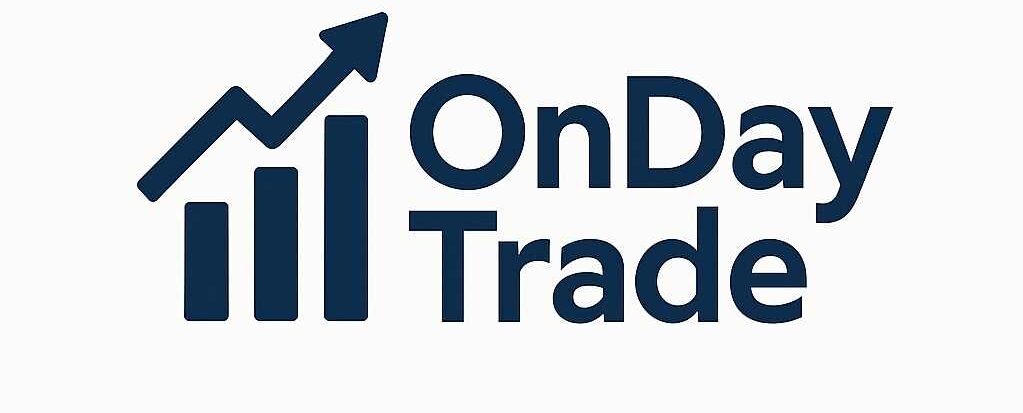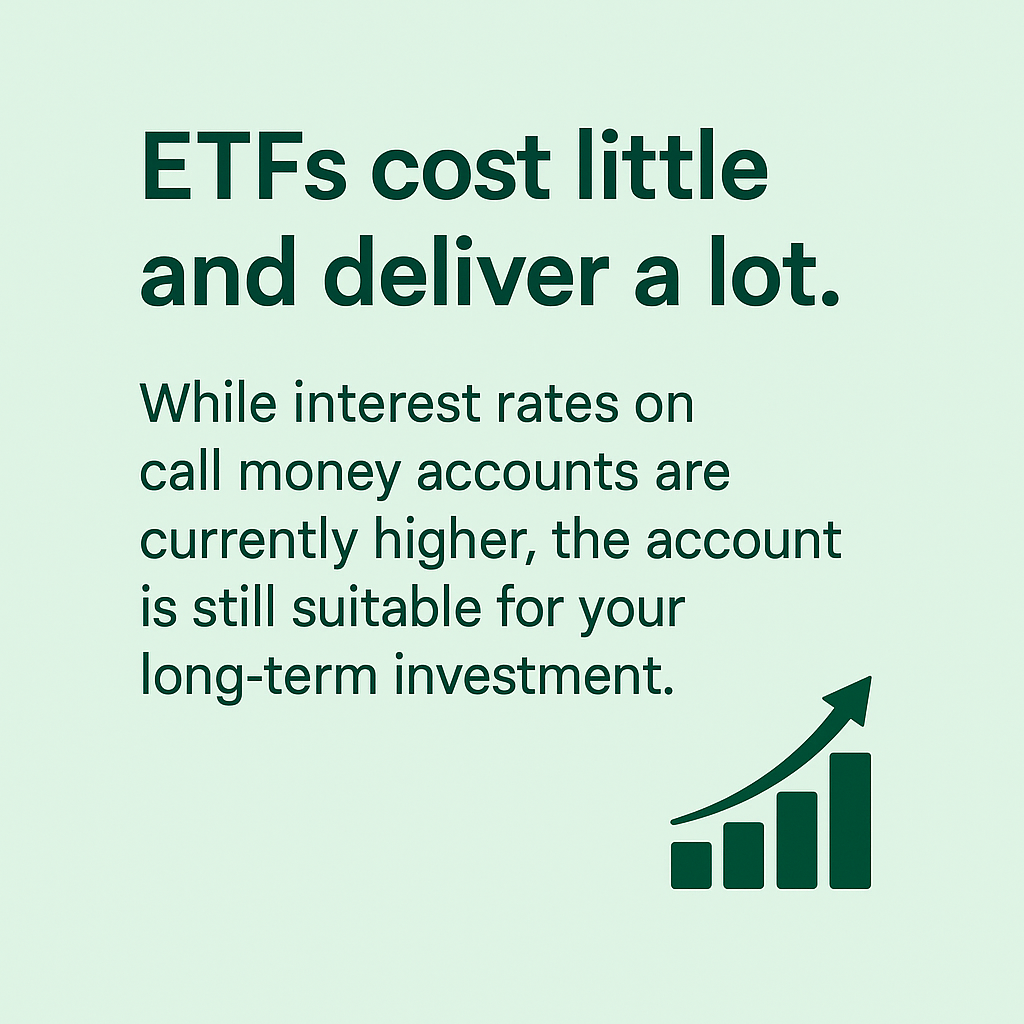In part 3 of our ETF series, you’ll learn how to get started investing and how to find the right ETF for you.
Have you finally decided to invest in ETFs, but don’t know how to get started? Here’s a step-by-step guide:
First, you need a securities account. We regularly test providers; you can see our recommended ones in our account comparison . Account management is free with most of these providers, and the fees are also very low.
How to find the right ETF for you
Once you’ve decided on a brokerage provider, you’ll choose your ETF. This can quickly feel like a jungle, as there are so many ETFs available . To make things as easy as possible, we’ve developed the ETF Finder for you. There, you can find out for yourself which ETF best suits your portfolio.
Important question: Distributing or accumulating shares?
You need to decide whether you want a distributing or accumulating ETF . With a distributing ETF, the dividends collected by the ETF are paid directly into your portfolio’s clearing account on specific dates throughout the year. With an accumulating ETF, the dividends are always reinvested directly, meaning they are used to purchase additional ETF shares.
Our recommendation: An MSCI World ETF
For beginners, we recommend an accumulating ETF based on the MSCI World Index . Because accumulating ETFs are incredibly easy to manage, you don’t have to worry about anything. These are examples of options:
- iShares Core MSCI World UCITS ETF (ISIN: IE00B4L5Y983)
- Xtrackers MSCI World UCITS ETF (ISIN: IE00BJ0KDQ92)
- Invesco MSCI World UCITS ETF (IE00B60SX394)
- Vanguard FTSE Developed World UCITS ETF (IE00BK5BQV03)
It doesn’t really matter which one you choose, because they all track the MSCI World. Accordingly, they all contain the same stocks.
Don’t be confused by names like iShares or Amundi
These are essentially just the companies that offer the ETF. It may be the case, for example, that your broker only has the iShares ETF but not the Amundi ETF. However, you can’t go wrong with one of these ETFs.
Once you have decided on one, you search for its identification number (WKN or ISIN) at your depository provider – and there you have it.
You can find out when and how this all works in the fourth part of our ETF series .
Still feeling unsure or overwhelmed? You’re not alone—and you don’t have to figure it all out by yourself. If you need help choosing the right ETF, setting up your brokerage account, or just want to talk it through, feel free to reach out. We’re here to support you on your journey to smart investing!

